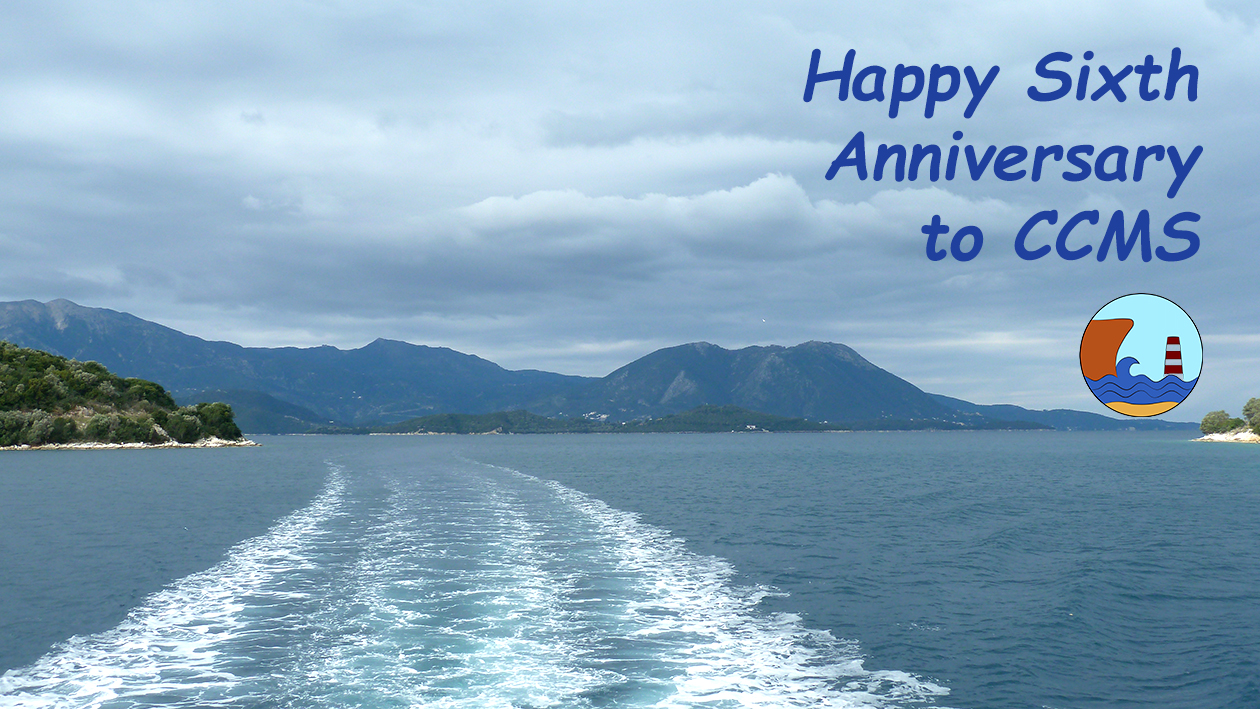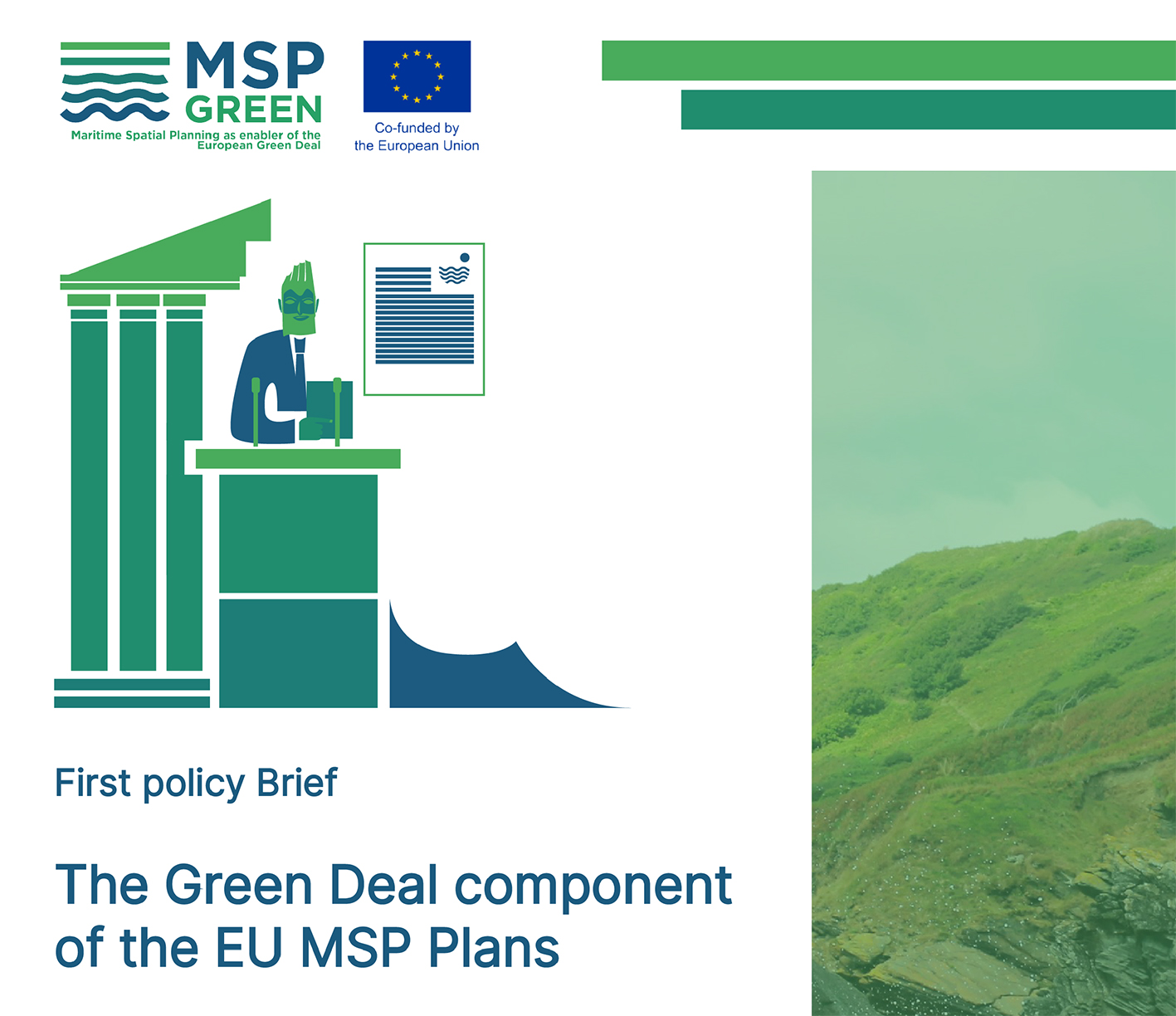News and Events
The second MSP-GREEN Newsletter is out!
We welcome you to read on the second MSP-GREEN project quarterly Newsletter finalizing the project implementation year of 2023!
Discover latest insights and reflections on the already carried and upcoming MSP-GREEN project events and activities. It is time to take a step further on the flourishing maritime spatial planning path towards greener Europe!
More information: https://mspgreen.eu/
To stay updated regularly, follow the MSP-GREEN social media accounts on LinkedIn, Twitter, Facebook!
HAPPY BIRTHDAY TO US: CCMS TURNS 6!
On 9 of March 2024 the Center for Coastal and Marine Studies (CCMS) celebrates its sixth anniversary! The past six years of success, challenge, and learning has been an incredible experience! We have accomplished so much, but the best is yet to come!

CCMS was born with the fundamental goal of developing and promoting science, research, knowledge transfer, and innovation technologies in the Black Sea and in the World Ocean by bringing together science, environment, expertise, stakeholders and policy making. Our activities comprise a vast range of coastal and marine research (studies and surveys in the field of modern coastal and marine processes), as well as support to the implementation of the EU coastal and maritime Strategies and Directives (MSP, ICZM, Blue and Circular Economy, European Green Deal, EU Mission: Restore our Ocean and Waters, etc.), by developing scientific basis and providing knowledge and expertise, project participation, networking and consultancy.
CCMS is directly advised by an Advisory Committee (AC), which involves seventeen distinguished and outstanding scientists and experts from different institutes, universities and organizations all around the globe (Australia, Belgium, Greece, Columbia, Estonia, Germany, Italy, Poland, Romania, Spain, Turkey, United Kingdom, USA and Bulgaria). For more information on the AC members explore the AC section on our webpage: http://www.ccms.bg/en/about-ccms/advisory-committee.
MSP-GREEN Deliverable 2.2 “First Policy Brief” published!!!
The D2.2 offers an overview of the initial project results with highlights specifically designed for policy makers

The objectives of Maritime Spatial Planning (MSP) include contributing to the effective management of maritime activities and to the sustainable use of marine and coastal resources, considering socioeconomic needs. The MSP Directive (2014/89/EU) recognizes that healthy marine ecosystems and their multiple services, if integrated in planning decisions, can deliver substantial benefits regarding food production, recreation and tourism, climate change mitigation and adaptation, shoreline dynamics control, disaster prevention, just transition and fair distribution of benefits of sustainable blue economy.
The European Green Deal (EGD) (COM(2019) 640 final) is a set of policy initiatives aiming to achieve carbon neutrality in Europe by transforming the EU economy into a modern, resource-efficient and competitive one, addressing a wide range of issues, including circular blue economy, biodiversity, zero pollution, clean marine energy, climate change mitigation goals of maritime sectors etc.
Read more: MSP-GREEN Deliverable 2.2 “First Policy Brief” published!!!
Next MSP-GREEN Deliverable drops: D3.1 Sharing valuable practices for boosting the Green Deal through MSP

This D3.1 Sharing valuable practices for boosting the Green Deal through MSP created in Work Package 3 has identified valuable and capitalizable experiences of EGD integration into MSP. The study looked at the operational level of the MSP Plans of the countries of the consortium members, focusing on spatial planning measures as well as on process-related practices.
In total, 21 valuable practices were identified from the six project partner’s countries. These practices showcase how MSP processes in project partners countries aim to target climate change mitigation (A), sustainable sea-food production (C), biodiversity and ecosystem protection and restoration (D); climate change adaptation (B), fair and just transition (G) and zero pollution (F).
Read the full report at the MSP-GREEN project results page!
https://mspgreen.eu/wp-content/uploads/2024/03/D3.1_green.pdf

